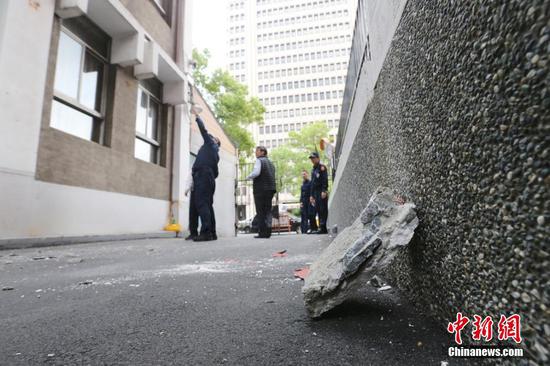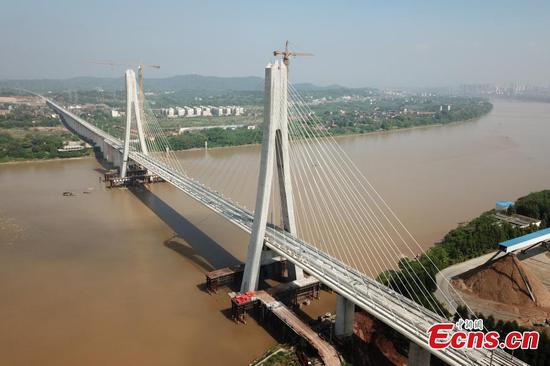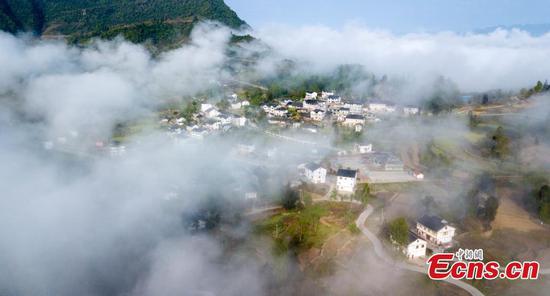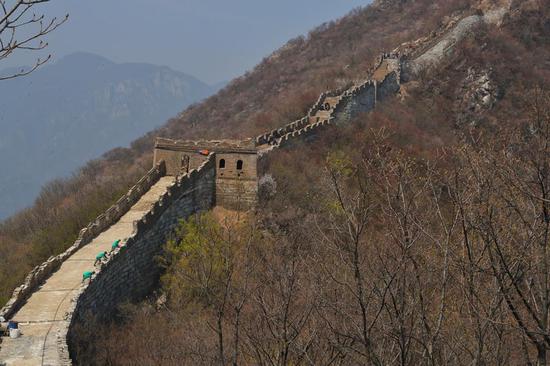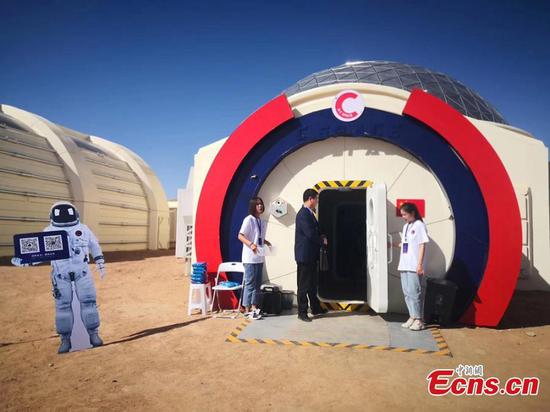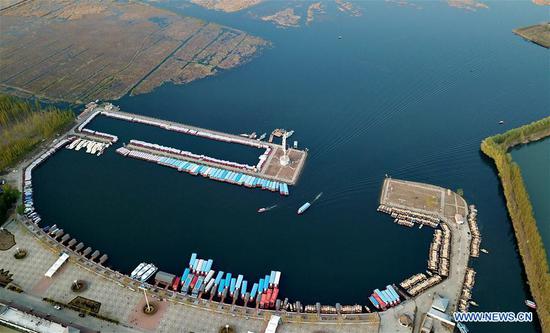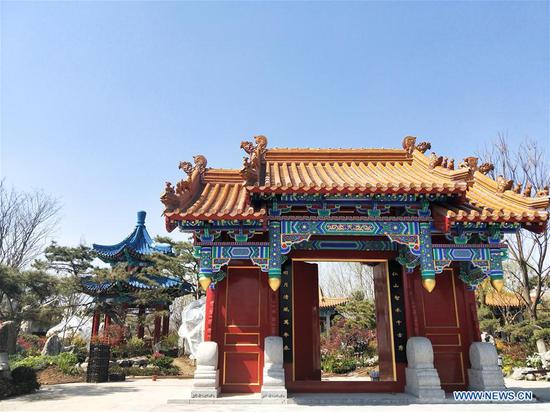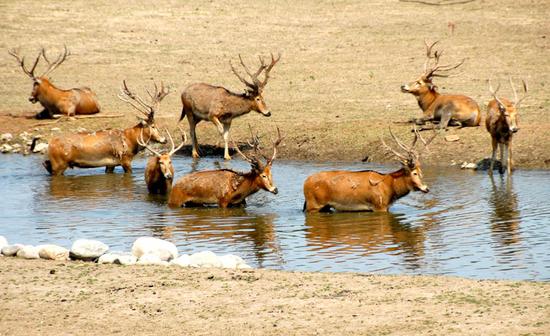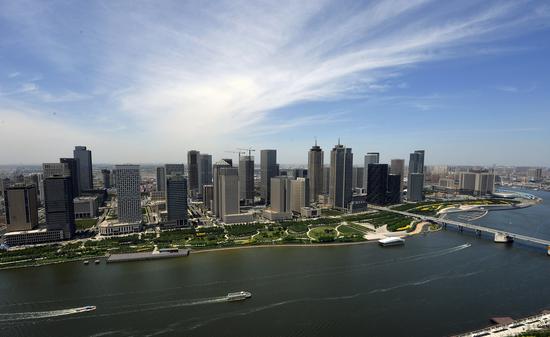Smog in greater Beijing area could be thickened by 15 percent, experts say
Climate change has been making meteorological conditions in the greater Beijing area more conducive to the generation of haze, and combined with heavy smog, the situation could trigger a rapid increase in the concentration of airborne pollutants, researchers said.
The National Joint Research Center for Tackling Key Problems in Air Pollution Control demonstrated that without a reduction in the discharge of pollutants, air quality in the Beijing-Tianjin-Hebei cluster could worsen by about 10 percent and even up to 15 percent in some cities because of unfavorable meteorological conditions, the China Meteorological Administration said in a release on Thursday.
Heavy air pollution and a high concentration of particulate matter is more likely to be seen when wind speeds are lower than 7.2 kilometers per hour, relative humidity is above 60 percent, and there is less than a 500-meter high "mixing layer", which refers to the atmospheric height over which pollutants can be dispersed, it said.
The situation is very much like the ceiling of a room in which airborne particulate matter is present. The lower the ceiling is, the higher the density of pollutants which then mix with the cleaner air.
With a low mixing layer, Taihang mountain range to the west and the Yanshan mountain range to the north serve as walls that form a semi-closed "room" in the Beijing-Tianjin-Hebei cluster.
The high level of emissions is the major reason for air pollution in the greater Beijing area, and meteorological conditions also play a key role as an external factor, said Xu Xiangde, a researcher at the Chinese Academy of Meteorological Sciences.
Zhang Xiaoye, Xu's colleague, said the "marked effect" of continuous pollutant accumulation on meteorological conditions could make overall pollution even worse.
"After the accumulation reaches a certain level, it will further worsen the meteorological conditions, which then will further affect air quality, causing explosive growth of PM2.5 (tiny particulate matter) concentration that could at least double the readings," Zhang said. He added that this could help explain the occurrence of heavy PM2.5 pollution that lasts for an extended period of time in certain regions.
Zhang said the interaction of air pollution and meteorological conditions could be triggered when PM2.5 density reaches 100 micrograms per cubic meter in many of the monitoring points of a region. In such situations, more solar radiation will be reflected back into the space, resulting in temperature inversion and further stabilizing the ground atmosphere. And the height of the mixing layer could decrease to only one-third of that when pollution processes begin, exacerbating particulate concentration levels even further.
The center's research also showed that global warming is increasing the number of days with a stable surface atmosphere in northern China, especially in the cluster, making smog more likely to develop.
From 1961 to 2018, the average daily winter temperature in the cluster has shown an upward trend with a growth rate of 0.39 C seen every decade, which is higher than the global average of 0.13 C and the national average of 0.22 C, the release said.
Xu said there have also been signs showing climate change has resulted in lower wind speeds in the region. There has been a downward trend for average wind speeds in the cluster since 1960 and especially after 1990. This is in line with the weakening trend of wind speeds made up of cold air from Lake Baikal in Russia, which penetrates into the region from the northwest.













